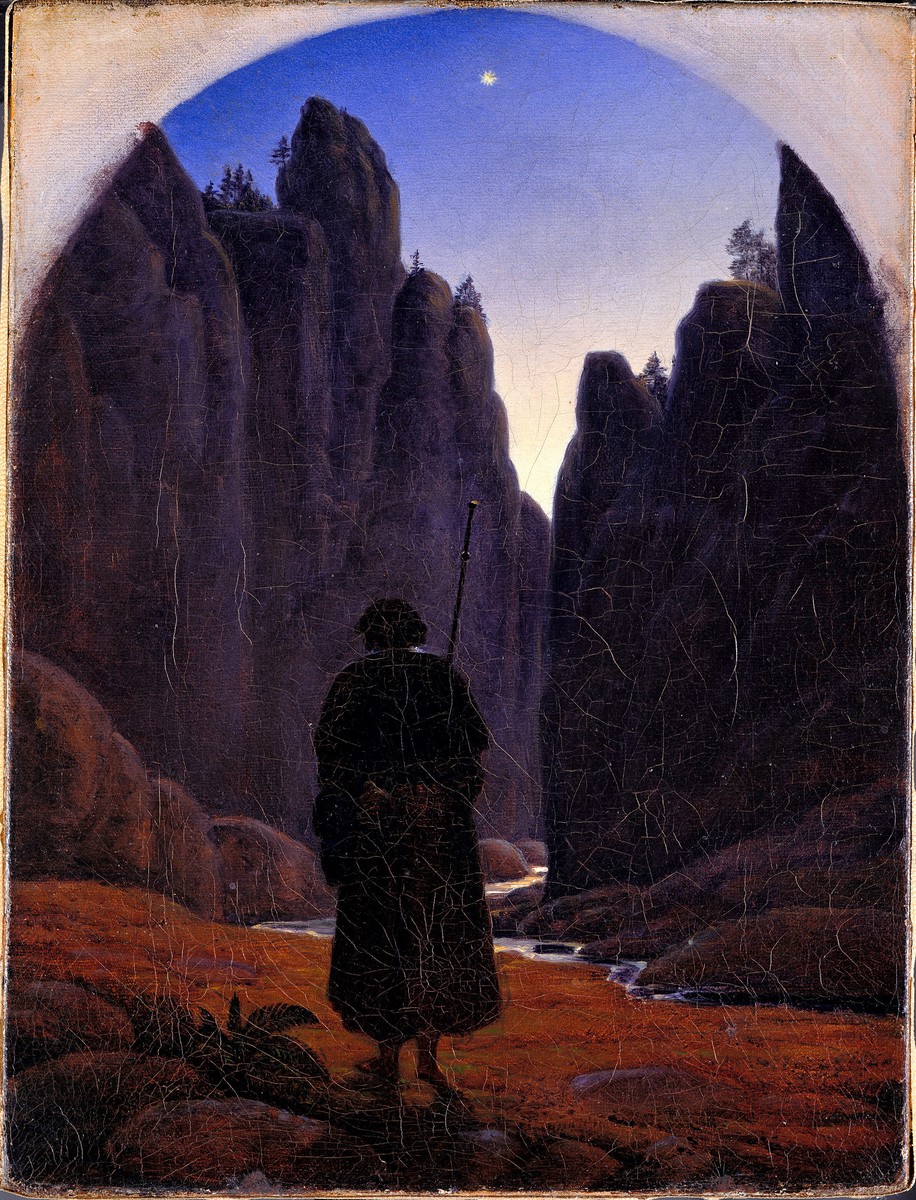Source

Source: Original: Nationalgalerie der Staatlichen Museen zu Berlin. Ident. Nr. A II 416. Available online through SMB-Digital at: http://smb-digital.de/eMuseumPlus?service=ExternalInterface&module=collection&objectId=963553&viewType=detailView
Reproduction: bpk-Bildagentur, image number 00022292. For rights inquiries, please contact Art Resource at requests@artres.com (North America) or bpk-Bildagentur at kontakt@bpk-bildagentur.de (for all other countries)